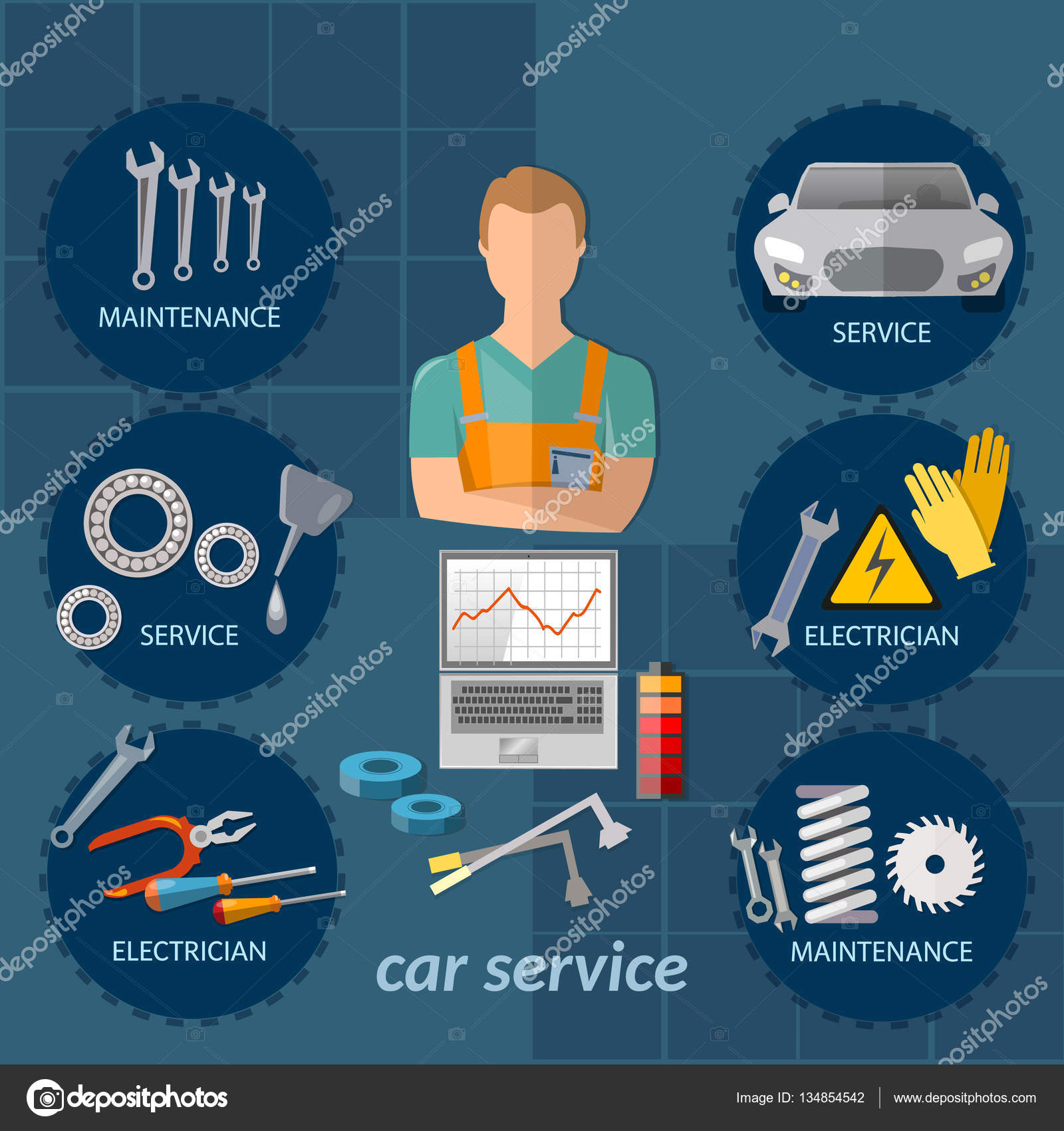Analyzing Your Car'S Warning Indicators: What They Actually Convey
Analyzing Your Car'S Warning Indicators: What They Actually Convey
Blog Article
Content Writer-Lim Stark
When you're behind the wheel, those radiant caution lights on your dashboard can be a little bit perplexing. Do you understand what they're attempting to inform you concerning your vehicle's health? Understanding the significance of these lights is essential for your safety and security and the long life of your vehicle. So, the next time one of those lights pops up, would not you want to understand its message precisely and take the necessary actions to address it?
Common Warning Lights and Interpretations
Recognize typical caution lights in your car and understand their significances to make sure risk-free driving.
The most normal caution lights include the check engine light, which indicates problems with the engine or discharges system. If this light begins, it's essential to have your vehicle checked immediately.
detailers near me alerting light indicates reduced oil pressure, calling for instant focus to avoid engine damage.
A flashing battery light might suggest a malfunctioning billing system, potentially leaving you stranded if not resolved.
The tire stress monitoring system (TPMS) light notifies you to low tire pressure, affecting automobile stability and fuel effectiveness. Ignoring this could result in harmful driving problems.
The abdominal muscle light suggests an issue with the anti-lock stopping system, jeopardizing your capability to quit promptly in emergencies.
Finally, visit this site advising light warns of engine getting too hot, which can result in extreme damage if not solved quickly.
Understanding these common caution lights will aid you deal with problems quickly and maintain safe driving problems.
Relevance of Prompt Attention
Comprehending the usual warning lights in your automobile is only the first step; the importance of without delay resolving these cautions can not be highlighted enough to ensure your safety and security when driving.
When a caution light brightens on your dashboard, it's your car's way of communicating a possible concern that needs attention. Ignoring these warnings can result in a lot more serious issues later on, endangering your security and possibly costing you much more out of commission.
Motivate interest to warning lights can prevent malfunctions and crashes. For example, a flashing check engine light might indicate a misfire that, if left ignored, might cause damage to the catalytic converter. Resolving this without delay can conserve you from an expensive repair work.
Likewise, a brake system warning light may signal low brake liquid or used brake pads, essential components for your security when driving.
DIY Troubleshooting Tips
If you discover a warning light on your dashboard, there are a couple of DIY repairing pointers you can attempt before seeking expert help.
The very first step is to consult your vehicle's guidebook to recognize what the particular warning light shows. Occasionally the concern can be as basic as a loose gas cap setting off the check engine light. Tightening up the gas cap may settle the issue.
An additional common issue is a reduced battery, which can cause various cautioning lights. Checking the battery connections for corrosion and ensuring they're protected could repair the problem.
If a warning light persists, you can try resetting it by detaching the automobile's battery for a few mins and after that reconnecting it. In Get the facts , inspecting your automobile's liquid degrees, such as oil, coolant, and brake liquid, can assist fix warning lights related to these systems.
Conclusion
To conclude, recognizing your automobile's warning lights is crucial for maintaining your vehicle running efficiently and securely. By immediately resolving these informs and knowing what they mean, you can prevent costly repair work and potential break downs.
Bear in mind to consult your car's guidebook for particular details on each advising light and act accordingly to make sure a trouble-free driving experience.
Remain informed, stay risk-free when driving!
